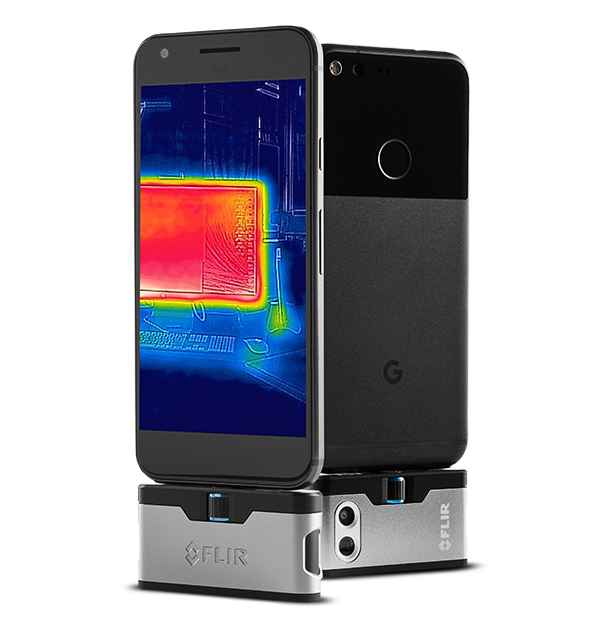One question I would have, is was the connection wire aluminum (say AWG #6) or was it copper (say, AWG #8)? ***CORRECTION*** just looked at the pics and it looks like he used #6 Copper which should easily handle 40 amperes. Copper is much more tolerant than aluminum for loose connections and therefore I'd strongly suggest at least part of the problem was that horrible GEN 1 nema 14-50p adapter, since the connection pins on it heat UNACCEPTABLY on all of them at 40 amperes.
The problem with an Aluminum wire and Leviton combination is that Leviton's cheesey screw terminals in lieu of box lugs is that it is difficult to remain TIGHT. If I was forced to use such junk I'd retighten the connection after a few days to make sure the aluminum wire was tight in the connection - and of course as with all Aluminum Terminations to clean the wire (to get rid of Al-Oxlde film, a non-conductor), with emery cloth, and then put some kind of no-ox (Oxy-Ban, etc.) on the connection to keep the air and water out.
The old 40 amp original Tesla convenience cord had multiple problems - 40 amperes through the Nema 14-50P adapter where the juice went through 2 microscopic connection points was just asking for trouble - as Tesla themselves realized by eventually doing the following:
1). Monitoring the 'droop' and decreasing the current by 80% in stages until the 'droop' was deemed acceptable. This was overly cautious in places with distant wiring or stingy utility policies, yet it did prevent fires due to droop at the poor connection Tesla adapter. I couldn't believe the heat coming out of one at a model S at the Mississauga (Toronto) Service Center, of all places.
1a). (The fact that the 'portable EVSE' itself only used a 30 ampere rated relay with 40 amperes going through it explains why many of the 'mini S-shaped' evse's melted and needed to be replaced).
2). Putting a 'fuse wire' in later adapters so that the juice will shut off prior to a fire.
3). Bringing out NEW 32 ampere (model 3 style) travelling cords that have the adapter some distance AWAY from the wall outlet... The lower current and less heat at the wall outlet has just got to make things much safer.



